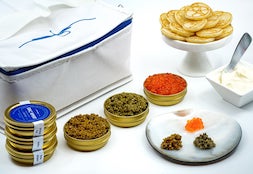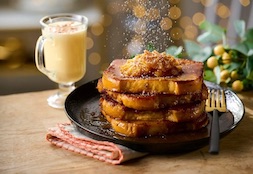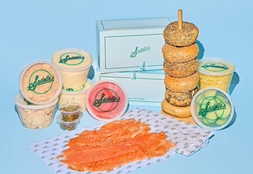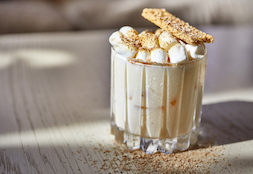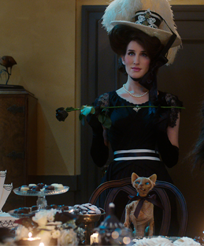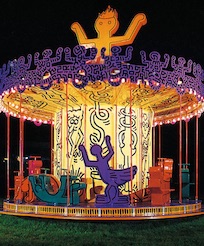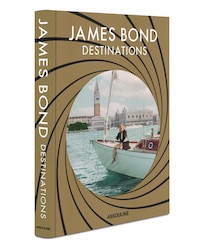As the temperatures drop and the days get shorter, the prospect of cuddling becomes more palatable to the Northern single, the players of summer shed their emotional unavailability like leaves and the hustle to couple up mounts from a low thrum to a shrieking cacophony. The game of romantic musical chairs begins. Cuffing season is nigh.
According to the omniscient Urban Dictionary, “cuffing season” is a behavioral trend in dating that occurs during the cold months, roughly from Halloween to Valentine’s Day, wherein “people who would normally rather be single or promiscuous find themselves along with the rest of the world desiring to be ‘cuffed’ or tied down by a serious relationship” due to “cold weather and prolonged indoor activity [which causes] singles to become lonely and desperate to be cuffed.”
Data from the dating app Hinge indicates that men are 15% and women are 5% more likely to seek a committed relationship during winter than any other other season. Match.com also sees significant peaks in business during the holiday season. But our intensified desire to cuff up during the colder months isn’t a new or digitally driven trend.
Hormonally, the changes in light and temperature spike our melatonin, prompting our homebody alter ego to rear its snuggly head. Psychologically, we’re more likely to find others attractive in the winter because, while the masses are sequestered in their houses instead of visibly running around outside, the supply of romantic options appears lower. Evolutionarily, partnering up optimizes our chances of survival during a season with less access to resources. Add social pressures to couple up to the mix, like New Year’s and Valentine’s Day, and the masses proffer their wrists, begging to be cuffed.
To navigate cuffing season gracefully, be honest about your intentions—with yourself and with your cuffee. Are you looking to extend a hookup to get you through the cold, or build a relationship that will outlast the nippy temperatures? How much of your desire to cuff is to meet physical needs, and how much is to meet an emotional desire to connect? How much of your interest in your cuffee is specific to that person, and how much is based on your general desire for sex and emotional validation? When the snow melts and you’ve read every Nancy Drew book in the house twice (2012 was a weird winter for me), will you still want to hang out with this person?
For those who don’t want to settle down romantically but also don’t want to be assholes, these are helpful questions to ask yourself any time of year. They become especially salient during cuffing season, because the drastic pull towards intimacy raises our awareness of how external circumstances, like the weather, directly influence our internal life, like our dating goals. But a lens is always present; the external always influences the internal, no matter the climate. Cuffing season merely magnifies the relationship between the two.
So take this period of frosty introspection to heed this season-agnostic dating advice: communicate clearly, make sure self awareness gets a seat at the table, and don’t define the relationship before it has a chance to define itself. The connections we make during cuffing season may serve as a temporary snuggle buddies, or they may blossom into a Christmas miracle. Don’t do anything rash with your cuff keys until the eggnog buzz has worn off. Now, go forth, snowsuit up and remember—don’t be a fuckboy.
Happy cuffing season to you and yours.
This article originally ran on October 20, 2017.


